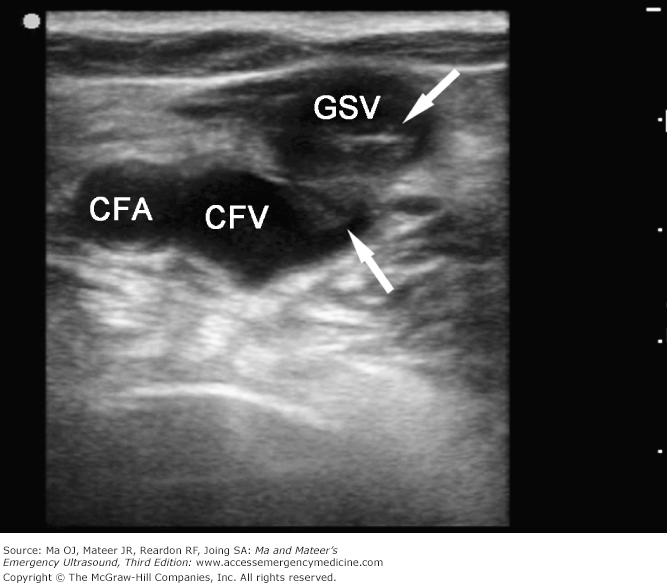[ad_1]
CMS Administrator Seema Verma recently announced the proposed the calendar year 2020 Physician Fee Schedule. This plan has overhauled the way the physician is paid to help address the growing number of patients who have multiple chronic diseases.
Verma said in a statement, “Today 1 in 5 Medicare beneficiaries have multiple chronic diseases. We are announcing proposals so that the government doesn’t stand in the way of patient care, by giving clinicians the support they need to spend valuable time coordinating the care of these patients to ensure their diseases are well-managed and their quality of life is preserved.”
These new mandates for price transparency and physician fee schedule changes have great potential to change telehealth in Medicare along with price considerations for patients.
Rising Importance of Care Coordination
As the conventional fee-for-service reimbursement model is slowly replaced by value-based care methodologies, coordination of care becomes of the utmost importance within a large health system. Hardwired care coordination prevents downstream revenue leakage.
The average patient uses multiple health systems to access care, across a study of a five-year period, Advisory Board found 26% of patients used four or more health systems which shows that over a quarter of patients are, in effect, disloyal or do not identify with a home base health system.
Within an uncoordinated or fractured clinical experience, there is a greater risk of the swiss-cheese effect happening—where problems that doctors should spot slip through the holes because of siloed visits to difference doctors, systems and varying specialty clinics. (Not to mention the confusion this creates for billing and payer reimbursement.)
Best case scenario to encourage loyalty means a hardwired care coordination where patients are guided throughout a comprehensive and uninterrupted clinical experience. It’s important that all aspects of care are coordinated including the financial experience —from start to finish.
Price Transparency Mandates
In the new CMS transparency proposal, hospitals and providers would be required to post their “standard charges,”—this includes both gross and payer contracted service rates. In addition, these charges must be posted online and easily searchable formats that allow for easy cross reference between hospital accounting codes. Lastly, the public would get access to the payer negotiated charges in an easy to understand and patient-friendly format so price comparisons for X-rays, laboratory tests and costs of labor and delivery would be outlined.
The Referral Process Needs to Change
In many states Emergency Departments are often frequented by patients with non-emergent care needs who do not have primary care providers and do not know where to go for treatment. Traditionally the referral process to get patients a primary care doctor for follow-up has been inefficient at best, with only 1 out of 3 patients following up for a primary care visit on their own time. Typically, patients on state or government programs like Medicaid are most vulnerable and not able to navigate the complex systems to find health options that are affordable.
An example of a technology program to improve care coordination among vulnerable patient population has seen phenomenal results since implementation beginning in 2012. The Milwaukee Health Care Partnership is “devoted to connecting the community’s vulnerable and underserved populations—including Medicaid patients, low-income individuals, and the uninsured—with home health services and primary care providers in their respective areas.”
50,000 patients have been connected to primary care providers in Milwaukee through this program since 2012. The technology allows communication and care coordination between providers, and appointments are seamlessly completed with 7-10 days of request.
As far as reducing the ER visits for non-emergent visits—they’ve gone down by 44% for those patients who were scheduled with a primary care doctor using the system. This is a positive example of technology and care coordination used to get tangible results by freeing up space in the ER for truly emergent conditions and traumas, while allowing easier, quicker access to better primary care.
The Bottom Line
Many states are using telehealth and digital care coordination to create referral programs and share protected health information among providers, but there is still a long way to go in creating truly seamless hardwired care coordination. As the new initiatives by CMS roll out there will be more and more incentives for physicians and health organizations to invest in these technologies.
Patients are becoming savvy in price comparisons and online searches for the information they need when it pertains to healthcare. By adding consistent and accurate price information digitally in a friendly and easy to read format ensures that your health system will stay ahead of the game.
[ad_2]










